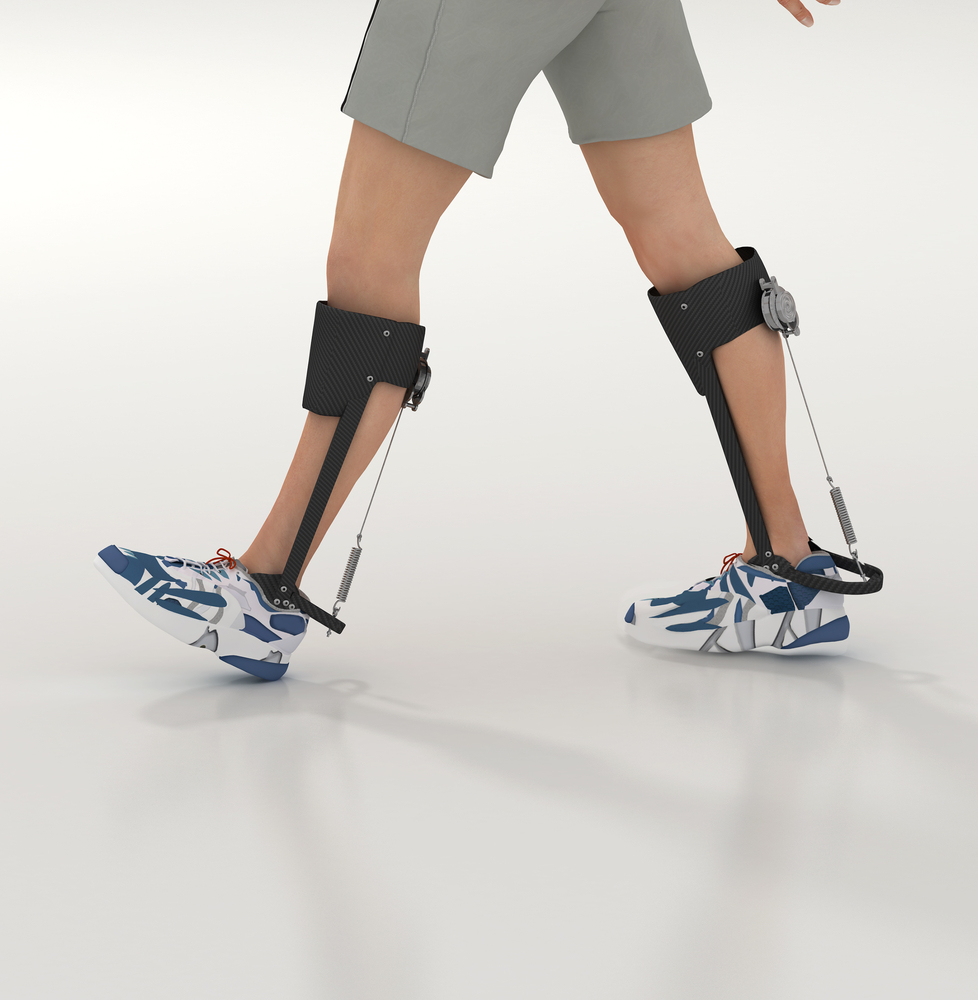$5M Grant Awarded to Develop a Wearable Robot for DMD, Spinal Cord Injuries

The Kessler Foundation and the New Jersey Institute of Technology (NJIT) will share a $5 million federal grant, titled Rehabilitation Engineering Research Center on Wearable Robots, to develop a wearable robotic exoskeleton for use in patients with Duchenne muscular dystrophy (DMD), as well as other applications for spinal cord injury and stroke.
The grant will cover two research projects at the Kessler Foundation and one research project at NJIT, which will also receive funds for two development initiatives.
The two institutions will consult on each other’s projects, contributing their respective expertise; NJIT will provide engineering and upper extremity robotic insight and the Kessler Foundation will offer knowledge of current commercial devices and disabled populations.
“This collaboration advances our shared mission to improve mobility, independence and quality of life,” Guang H. Yue, director of Human Performance and Engineering Research at Kessler Foundation and co-principal investigator for the grant, said in a press release. “Robotic exoskeletons are rapidly changing our traditional approach to rehabilitation. Now, we are optimizing ways to use the robots so that people with diverse mobility deficits, including limited upper body strength, can benefit.”
In one of the projects, Gail F. Forrest, associate director of Human Performance and Engineering Research at Kessler, is combining walking assisted by an exoskeleton with external stimulation of the spinal cord using electrical impulses to aid voluntary muscle firing and autonomous walking. The team will be using spinal cord imaging to evaluate how these to approaches, used in combination, can improve neural connections between the brain and injured spinal cord. They will also look into how improved connectivity translates to improved walking and balance.
Richard A. Foulds, associate professor of Biomedical Engineering at NJIT and the grant’s principal investigator, will lead the development of two new exoskeletons. The first aims to enhance robot-assisted walking for people with spinal cord injury. In the second project, he will use the same strategy for controlling the exoskeleton to support arm function in DMD patients with a severe loss of movement range. The exoskeleton will offer anti-gravity support and counter friction to allow patients with a low level of muscle strength to use their arms.
The grant will also cover other projects aimed at patients with stroke and spinal cord injury, and support education and training for therapists, physicians, and doctoral researchers. The dissemination of the benefits for rehabilitation using commercial and experimental wearable robots will also be a focus of the two institutions.






